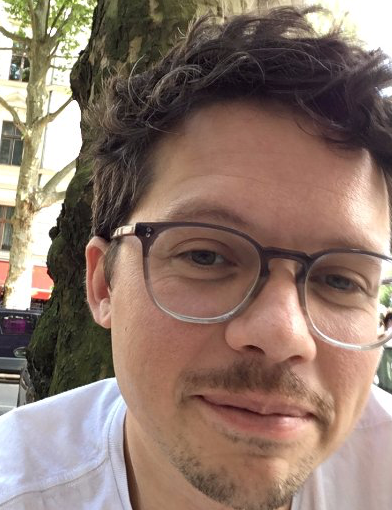One of the main reasons why governments collect geodata is because they love zoning! The division and classification of public space is very old governmental business. It can also benefit hugely from new digital tools. The development of „smarter“ zoning software is actually a nice way to show people in administration how they can make better use of their own datasets.
About a year ago, we were approached by a Berlin district with an interesting challenge: Could we build a tool that helps them to put all the kids in their district into the right elementary school, while at the same time maxing out school capacity and guarantee the shortest possible pedestrian path for each kid? Well, this sure sounds like an interesting math problem? Of course things tend to get a bit more complicated once politics is thrown in the mix…

Dr. Benjamin Seibel is a project lead at Technology Foundation Berlin, where he mostly deals with civic tech & open data projects.

Daniel Kirsch is a data scientist at Idalab and an open data activist at Data Science for Social Good.
 The European project ENERGIC-OD (European Network for Redistributing Geospatial Information to user Communities – Open Data) address the heterogeneity of GI world and the lack of the single system which could satisfy the different user-requirements in world of geoinformation. The adopted approach is by utilising a brokering architecture and deploying a set of virtual hubs and a single point of access to geospatial datasets. This approach facilitates the development of multidisciplinary applications, based on full exploitation of open GI.
The European project ENERGIC-OD (European Network for Redistributing Geospatial Information to user Communities – Open Data) address the heterogeneity of GI world and the lack of the single system which could satisfy the different user-requirements in world of geoinformation. The adopted approach is by utilising a brokering architecture and deploying a set of virtual hubs and a single point of access to geospatial datasets. This approach facilitates the development of multidisciplinary applications, based on full exploitation of open GI.